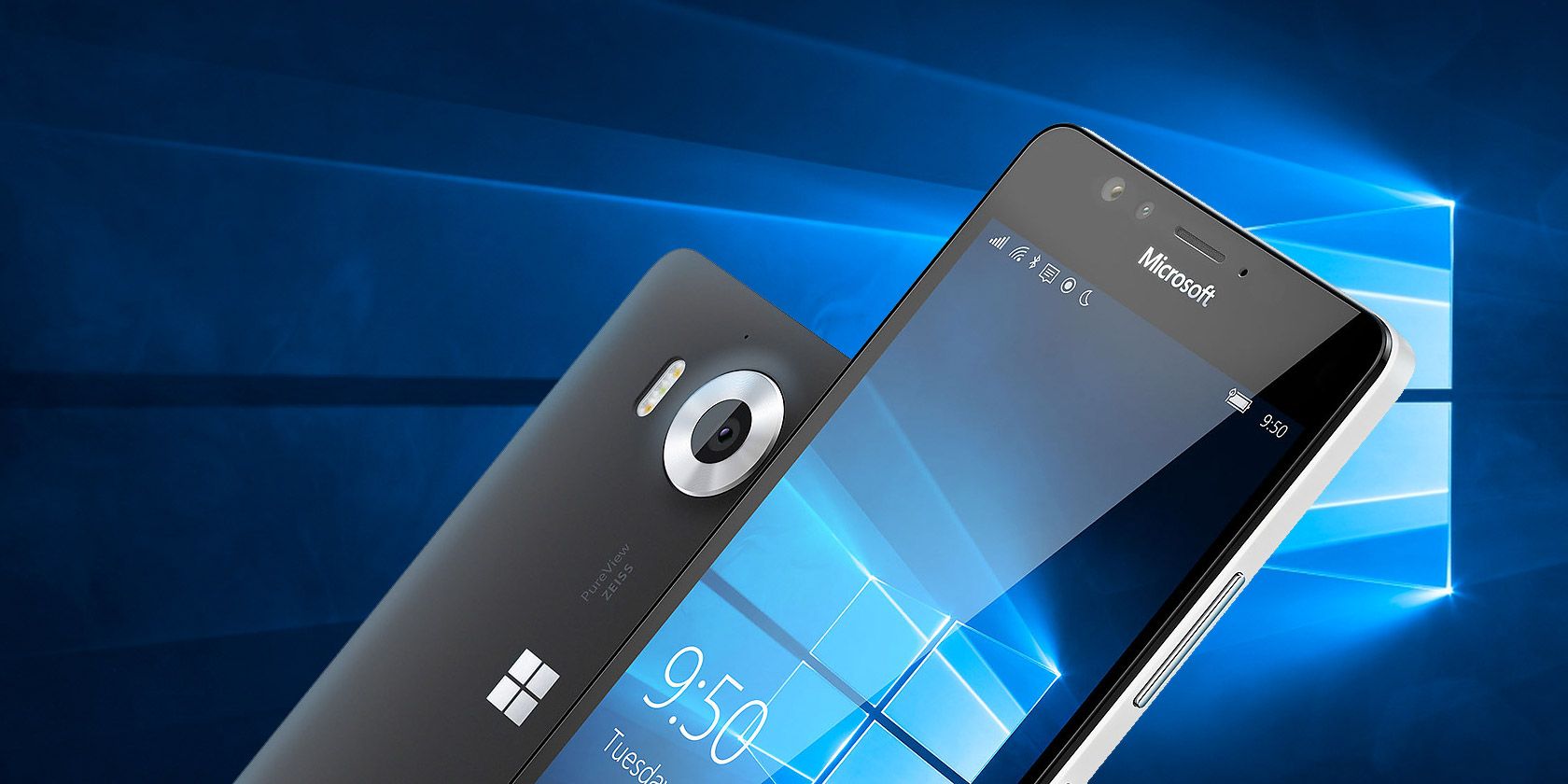Your Mac’s Dashboard app lets you keep all kinds of useful dynamic information handy with free configurable widgets. If you have written this off as worthless, it might be time to reconsider and give it another shot.
To help you warm up to Dashboard again, let’s explore nine useful widgets that you won’t find in the default set that ships with the app.
1. PCalc: For Advanced Calculations
![calculator-and-pcalc-dashboard-widgets-on-mac]()
The calculator widget that comes with Dashboard is quite basic. If you prefer a more feature-rich option that can replace a scientific calculator, try the PCalc widget.
PCalc is primarily available as a macOS and iOS app with Notification Center support. This costs $10, but you can get the Dashboard version for free.
Download: PCalc (Free, premium version available)
2. DashNote: For Simplenote Notes
![dashnote-dashboard-widget-on-mac]()
DashNote lets you create, edit, delete, pin, and search your Simplenote notes from Dashboard. Once you install the widget and log in with your Simplenote credentials, your existing notes show up instantly. You’re now ready to take new notes as usual.
For functions like tagging and enabling Markdown, you’ll have to use a full-fledged Simplenote app or the web version of the service.
If you don’t have a Simplenote account, try the Notefile widget for note-taking from the Dashboard. Since Notefile doesn’t have a search mechanism, it’s best to use the widget if you don’t have too many notes or if you want a temporary scratchpad.
Download: DashNote (Free)
3. Delivery Status: For Tracking Packages
![delivery-status-dashboard-widget-on-mac]()
If you’re expecting a package delivery, Delivery Status can let you know when it will arrive and even track its transit route. All the widget needs from you is the order number or tracking number for the package.
Delivery Status supports quite a few popular delivery services, and you can add more manually. Like PCalc, this app offers a free widget alongside a paid app that includes Notification Center support. Why not try the Dashboard version for free first to see if you like it?
The widget is really handy to have if you’re based in the US. If you live elsewhere, give the freemium app Parcel a shot. It doesn’t come with Dashboard support, but it has a Notification Center widget.
Download: Delivery Status (Free, premium version available)
4. Symbol Caddy: For Inserting Special Characters
![symbol-caddy-dashboard-widget-on-mac]()
Heard of the Keyboard Viewer menu bar utility on macOS? Symbol Caddy is similar to this, but does a much better job overall. It helps you find and insert special characters, like accent marks and currency symbols.
The widget is quite user friendly and stays out of your way. It has a couple of modes: Keyboard and HTML. The first mode copies the character you select to your Mac’s clipboard, while the second copies the character’s HTML code.
Download: Symbol Caddy (Free)
5. Currency Converter: For Currency Conversion
![currency-converter-dashboard-widget-on-mac]()
The widget displays up-to-date values for four common currencies by default. You can switch to different currencies by tweaking the corresponding dropdown menus.
To add more currencies, visit the settings by clicking on the tiny info icon at the bottom-right of the widget. Here, you’ll find a few extra options such as namewise sorting and widget skins.
Download: Currency Converter (Free)
6. TimeScroller: For Tracking Time Zones
![timescroller-dashboard-widget-on-mac]()
Scheduling meetings across time zones can be a pain. That’s why a time zone tracking utility is essential for anyone who coordinates with people overseas. (Ask anyone who works at MakeUseOf—our staff is scattered across the world.)
Timescroller is one such utility with Dashboard access. It ensures that keeping tabs on the time in various cities is effortless.
You’ll see the current time in the widget for the default list of cities. Drag the slider at the bottom to check different times. You can add as many cities to the list as you like from the widget’s settings.
Download: TimeScroller (Free)
7. News Reader: For Checking RSS Feeds
![newsreader-dashboard-widget-on-mac]()
News Reader is a simple widget to help you stay up-to-date on the feeds of your favorite websites.
You’ll have to open the widget settings to delete the default feeds and add new ones. Here, you can also select a new update frequency for feeds from one of the available presets.
Download: News Reader (Free)
8. Eject Volume: For Ejecting Media Drives
![eject-volume-dashboard-widget-on-mac]()
If you want a quick way to eject external volumes without accessing Finder or the desktop, the Eject Volume Dashboard widget is ideal. There’s also a menu bar app called Ejector for this task, but why crowd the menu bar even more?
Download: Eject Volume (Free)
9. Custom Widgets: For Monitoring Bits of the Web
![create-web-clip-for-dashboard-in-safari-on-mac]()
You can get any part of a web page to show up on Dashboard as a custom widget called a web clip. This macOS feature is great if you want to track, say, Twitter trends, Amazon deals, or our latest articles without opening your browser. You’ll still need an active internet connection, of course.
To create a web clip in Safari, visit the website that’s you want as the source for your widget. Next, click on File > Open in Dashboard to grab the relevant part of the web page and turn it into a widget.
Want to learn more about web clips and get inspiration to create custom ones? Read our mini guide to web clips.
A Few More Dashboard Tips
Dashboard can be a great way to keep bits and pieces of information handy but hidden, especially when you use it as an overlay instead of a Space. To configure this setting, visit System Preferences > Mission Control. There, all you have to do is select As Overlay from the Dashboard dropdown menu.
You’ll also want to memorize the keyboard shortcut for Dashboard—it’s F12. Feel free to set up a new custom shortcut from System Preferences > Keyboard > Shortcuts > Mission Control. Look for the Show Dashboard checkbox.
To top it all, you can also access Dashboard with a hot corner and even have multiple instances of the same widget. To discover more widgets, visit the official Apple page for Dashboard.
Dashboard hasn’t received a proper makeover in a while and has a bit of a retro look to it. But that doesn’t stop it from being valuable. Speaking of Dashboard, it’s just one of the useful features you aren’t using on your Mac.
Read the full article: 9 Mac Dashboard Widgets You’ll Actually Use
Read Full Article
















